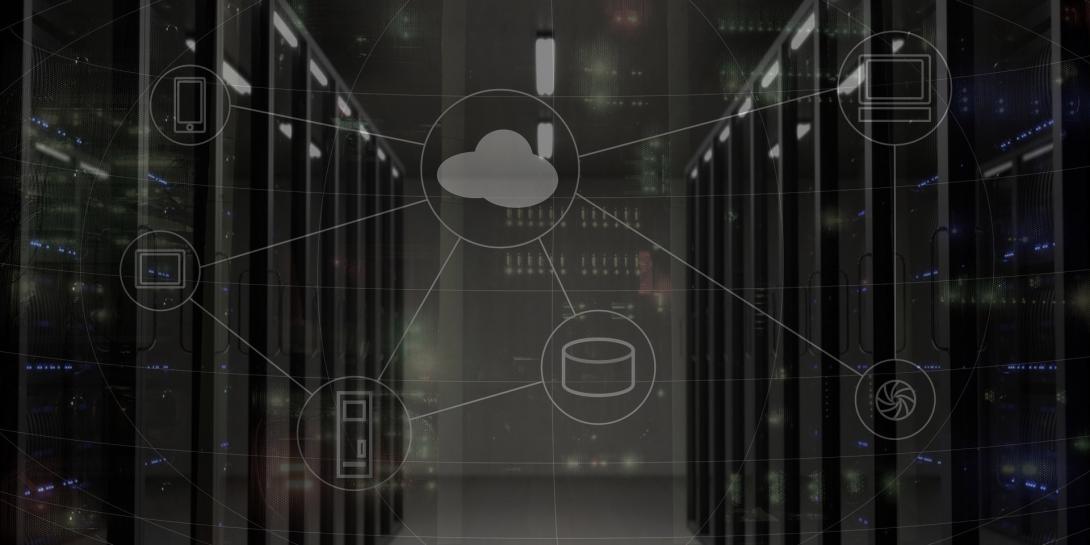Curing the Government's Public Cloud Phobia
Commercial cloud offerings are part of a modern technology arsenal that the whole of the U.S. government must consider adopting.
Some government leaders still hesitate to make the move to public cloud services, citing security concerns, a lack of familiarity with cloud-based applications or the perceived need that employees must be educated on the cloud. Things have changed. Commercial cloud offerings are part of the modern technology arsenal that all agencies should be considering.
Congress is tackling an IT modernization bill that aims to reshuffle federal spending to replace and retire antiquated IT systems. The measure could soften criticism of overspending on legacy systems. The government spent more than 75 percent of the total amount budgeted for IT for fiscal year 2015 on operations and maintenance investments, according to an often-cited report released by the Government Accountability Office. Public cloud systems could replace legacy systems, driving these costs down significantly.
Additionally, the discussion about cloud technology is changing in the public sector. Government owned and operated cloud systems are moving from theory, development and testing to production. Now that some agencies have taken the first step of investing time and in the cloud for email and other administrative back-end applications, they are looking at more mission-critical systems that could be moved to the cloud.
The move could yield true benefits. Public cloud offerings can handle workloads that support more mission-driven activities and agencies have much more to gain from the flexibility of the public cloud.
While concerns remain regarding the security of data stored in a public cloud system, these worries are driven largely by legacy design decisions. Cloud vendors today deliver security at the hypervisor layer, leaving agencies to focus on application level security and governance as well.
As agencies transition mission-critical systems to the public cloud, they should consider the following to help them take advantage of the next big opportunity for innovation:
- Security—Some public-cloud platforms already carry equal, if not greater, levels of security and assurances when properly implemented.
- Employee self-service—Federal employees increasingly work remotely, which makes public cloud offerings an advantageous way to make employee information available from just about anywhere.
- Cost Reduction—Optimizing cloud environments can reduce storage costs.
Agencies generally trail private companies in adopting the latest cloud solutions, which is understandable. They have more and stricter mandates and budgetary constraints than most businesses. And government procurement is a complicated process involving many stakeholders, long lead times and heavy restrictions.
We know that government can innovate and it’s time to be innovative again and use cloud technology to improve operations. A modern architecture can help agencies drive insight, enhance efficiency and lower risk.
Christine Kerns is the regional director of defense and national security programs at Cloudera.





Comments